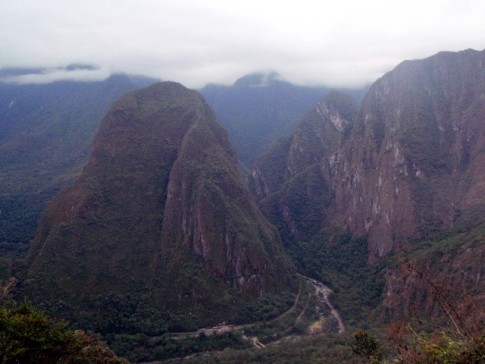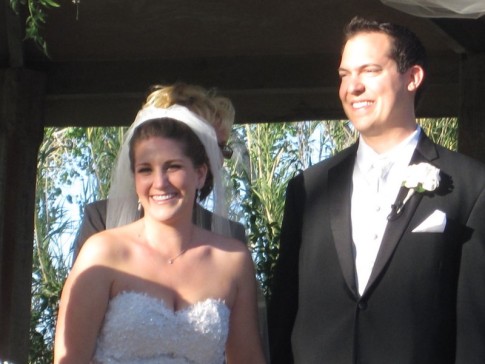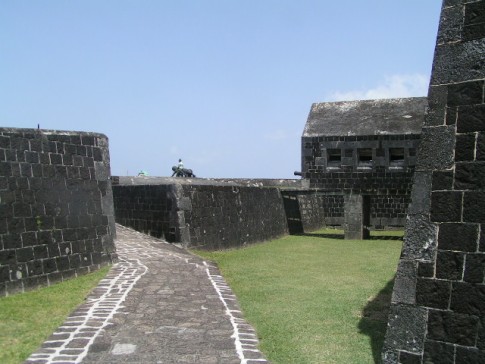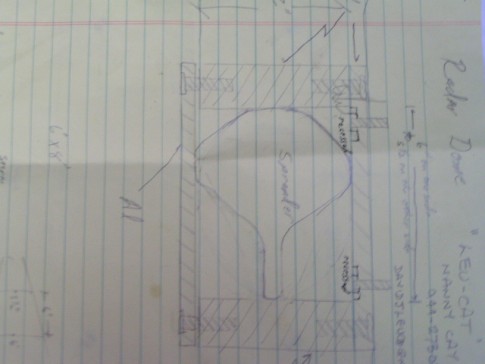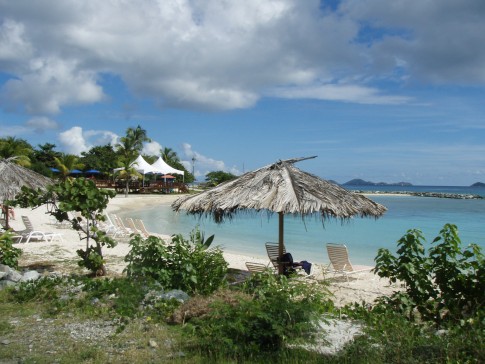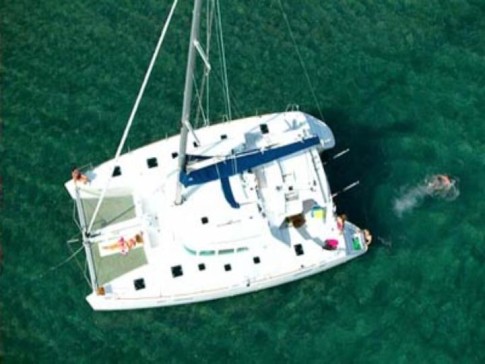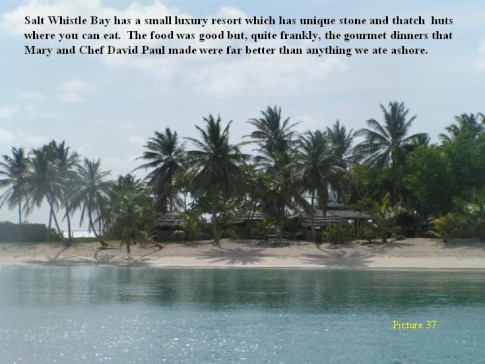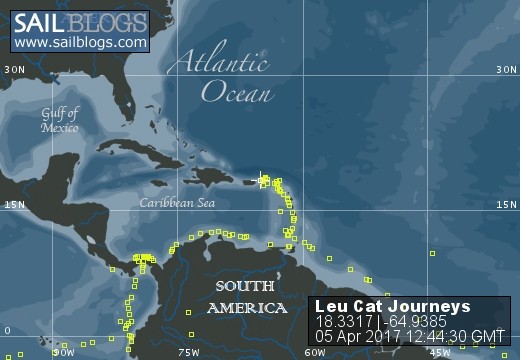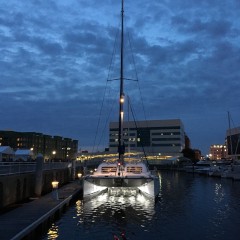
LeuCat Adventures
Join us in sharing our adventures as we sail around the world. NEW!!************************************************************************* GET A COPY OF OUR TECHNO-TIPS DOCUMENTS--JUST CLICK ON THEM UNDER THE "FAVORITES" HEADING ON THE RIGHT
24 September 2017
30 August 2017 | San Francisco, CA
07 July 2017
02 July 2017 | Simpson Bay Marina, Cole Bay, Sint Maarten
01 July 2017 | Simpson Bay Marina, Cole Bay, Sint Maarten
30 June 2017 | Simpson Bay Marina, Cole Bay, Sint Maarten
29 June 2017 | Simpson Bay Marina, Cole Bay, Sint Maarten
28 June 2017 | Simpson Bay Marina, Cole Bay, Sint Maarten
27 June 2017 | Simpson Bay Marina, Cole Bay, Sint Maarten
26 June 2017 | Simpson Bay Marina, Cole Bay, Sint Maarten
25 June 2017 | Simpson Bay Marina, Cole Bay, Sint Maarten
24 June 2017
24 June 2017 | Simpson Bay Marina, Cole Bay, Sint Maarten
22 June 2017 | Simpson Bay Marina, Cole Bay, Sint Maarten
21 June 2017 | Simpson Bay Marina, Cole Bay, Sint Maarten
20 June 2017 | Simpson Bay Marina, Cole Bay, Sint Maarten
18 June 2017 | Simpson Bay Marina, Cole Bay, Sint Maarten
17 June 2017 | Simpson Bay Marina, Cole Bay, Sint Maarten
16 June 2017 | Simpson Bay Marina, Cole Bay, Sint Maarten
15 June 2017 | Simpson Bay Marina, Cole Bay, Sint Maarten
Year 9 Day 9 The History Of Grenada: Part 1
06 February 2016 | Prickly Bay Marina, Grenada
Dave/Mostly Sunny
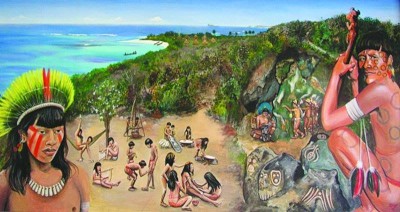
At each place we sail to and end up spending some time exploring, I like to research its history and present it on our blog. Chalk it up to some historical gene in my make-up. Well, today I present what I have been able to dig up so far regarding Grenada.
Grenada, as with most of the Caribbean, was first inhabited by the Arawak people. They are thought to have migrated from the central Amazon region making their way north via Guyana, Venezuela and Trinidad. They eventually habited the greater part of the Caribbean.
Starting around the beginning of the 13th century, the Lesser Antilles (including Grenada) were invaded by the Carib people. They migrated to the north, coming from the Orinoco River basin in Venezuela. The Carib Indians were renowned for their fierceness and war-like culture. They rapidly displaced the most peaceful inhabiting Arawak people through battles at each of the Lower Antilles islands they moved to. By 1498, when Christopher Columbus sailed by Grenada during his third voyage, the island was dominated by the Caribs.
As an aside, the islands which make up the eastern Caribbean archipelago are called a number of names. These include the West Indies, the Lesser Antilles and the Windward and Leeward Island groups. Grenada, being one of the southernmost islands in this chain, falls within the Windward Island group but is also part of the West Indies and the Lesser Antilles.
The Caribs continued to inhabit Grenada and repulsed European attempts of settlement for the next 150 years. This included a group of English settlers who came on April 1, 1609 in three ships: the Diana, the Penelope, and the Endeavour with 200 adventurers led by Mossis Goldfry. Soon after the settlement was established it was attacked and destroyed by the Carib islanders and many of the settlers were killed and tortured. The 24 survivors were evacuated when the ships returned on 15 December 1609.
In 1638 a French group led by M. Poincy attempted to settle in Grenada but were beaten off by the Caribs on the island before the erstwhile settlers could even land.
In 1650, the governor of Martinique (Jacques Du Parquet) who wanted to expand French domination of the Lesser Antilles, arrived in Grenada with 300 soldiers. He soon reached an agreement with the local Chief: in exchange for goods, Du Parquet, was able to stay on the island and clear land for crops. These soon turned into small settlements, and Du Parquet returned to Martinique leaving his cousin Jean Le Comte (governor 1649 – 1654) in charge of Grenada. At this time Du Parquet bought Grenada, Martinique, and St. Lucia from the Company of the American Islands, a French charter company, which was dissolved, for the equivalent of about $1,600US.
With the number of French soldiers on the island greatly reduced with Du Parquet’s departure, hostilities between the Caribs and the French broke out almost immediately. There were many battles fought, one giving rise to the legend of ‘Le Morne de Sauteurs’ or ‘Leapers’ Hill’, where a group of Caribs had been cornered and they leaped over the cliff edge to their deaths rather than surrender.
Eventually after more raids, Le Comte and his army burnt the Carib houses and fields and destroyed their boats so they couldn’t leave the island or go for help. After Le Comte’s death in 1654, he was replaced by Louis Cacqueray de Valminière, who brought on an army of 100 to protect the settlers against Carib raids.
In 1657 du Parquet had enough of the warring Caribs and decided to sell his holdings in Grenada, St. Lucia and Martinque. He sold Grenada to the Comte de Cerrillac for the equivalent of $2,400 US. Under the new ownership very harsh conditions were placed on the Inhabitants and they revolted, placing the tyrant under arrest. After a trial, he was condemned to death. However, I cannot find any information as to whether the sentence was carried out or not. I was able to read some old archived sources which said that most of those who served during the trial left the island and those that did stay melted into obscurity to avoid any reprisals.
1664, King Louis XIV bought out the independent island owners and established the French West India Company. In 1674 the French West India Company was dissolved. Proprietary rule ended in Grenada, which became a French colony as a dependency of Martinique. In 1675, Dutch privateers captured Grenada, but a French man-of-war arrived unexpectedly and recaptured the island.
The settlement began to grow, and soon the most of the Caribs either had left, died or remained on the borders of island life. More settlers arrived, and by 1753, there were around 100 indigo, tobacco, coffee, cocoa and sugar plantations and up to 12,000 slaves in Grenada.
More on the history of Grenada tomorrow!
Grenada, as with most of the Caribbean, was first inhabited by the Arawak people. They are thought to have migrated from the central Amazon region making their way north via Guyana, Venezuela and Trinidad. They eventually habited the greater part of the Caribbean.
Starting around the beginning of the 13th century, the Lesser Antilles (including Grenada) were invaded by the Carib people. They migrated to the north, coming from the Orinoco River basin in Venezuela. The Carib Indians were renowned for their fierceness and war-like culture. They rapidly displaced the most peaceful inhabiting Arawak people through battles at each of the Lower Antilles islands they moved to. By 1498, when Christopher Columbus sailed by Grenada during his third voyage, the island was dominated by the Caribs.
As an aside, the islands which make up the eastern Caribbean archipelago are called a number of names. These include the West Indies, the Lesser Antilles and the Windward and Leeward Island groups. Grenada, being one of the southernmost islands in this chain, falls within the Windward Island group but is also part of the West Indies and the Lesser Antilles.
The Caribs continued to inhabit Grenada and repulsed European attempts of settlement for the next 150 years. This included a group of English settlers who came on April 1, 1609 in three ships: the Diana, the Penelope, and the Endeavour with 200 adventurers led by Mossis Goldfry. Soon after the settlement was established it was attacked and destroyed by the Carib islanders and many of the settlers were killed and tortured. The 24 survivors were evacuated when the ships returned on 15 December 1609.
In 1638 a French group led by M. Poincy attempted to settle in Grenada but were beaten off by the Caribs on the island before the erstwhile settlers could even land.
In 1650, the governor of Martinique (Jacques Du Parquet) who wanted to expand French domination of the Lesser Antilles, arrived in Grenada with 300 soldiers. He soon reached an agreement with the local Chief: in exchange for goods, Du Parquet, was able to stay on the island and clear land for crops. These soon turned into small settlements, and Du Parquet returned to Martinique leaving his cousin Jean Le Comte (governor 1649 – 1654) in charge of Grenada. At this time Du Parquet bought Grenada, Martinique, and St. Lucia from the Company of the American Islands, a French charter company, which was dissolved, for the equivalent of about $1,600US.
With the number of French soldiers on the island greatly reduced with Du Parquet’s departure, hostilities between the Caribs and the French broke out almost immediately. There were many battles fought, one giving rise to the legend of ‘Le Morne de Sauteurs’ or ‘Leapers’ Hill’, where a group of Caribs had been cornered and they leaped over the cliff edge to their deaths rather than surrender.
Eventually after more raids, Le Comte and his army burnt the Carib houses and fields and destroyed their boats so they couldn’t leave the island or go for help. After Le Comte’s death in 1654, he was replaced by Louis Cacqueray de Valminière, who brought on an army of 100 to protect the settlers against Carib raids.
In 1657 du Parquet had enough of the warring Caribs and decided to sell his holdings in Grenada, St. Lucia and Martinque. He sold Grenada to the Comte de Cerrillac for the equivalent of $2,400 US. Under the new ownership very harsh conditions were placed on the Inhabitants and they revolted, placing the tyrant under arrest. After a trial, he was condemned to death. However, I cannot find any information as to whether the sentence was carried out or not. I was able to read some old archived sources which said that most of those who served during the trial left the island and those that did stay melted into obscurity to avoid any reprisals.
1664, King Louis XIV bought out the independent island owners and established the French West India Company. In 1674 the French West India Company was dissolved. Proprietary rule ended in Grenada, which became a French colony as a dependency of Martinique. In 1675, Dutch privateers captured Grenada, but a French man-of-war arrived unexpectedly and recaptured the island.
The settlement began to grow, and soon the most of the Caribs either had left, died or remained on the borders of island life. More settlers arrived, and by 1753, there were around 100 indigo, tobacco, coffee, cocoa and sugar plantations and up to 12,000 slaves in Grenada.
More on the history of Grenada tomorrow!
Comments
| Vessel Name: | Leu Cat |
| Vessel Make/Model: | Lagoon 440 |
| Hailing Port: | Dana Point, CA |
| Crew: | Mary Margaret and Dave Leu |
| About: | Our goals are to spend the next 10 to 15 years cruising around the world and sharing this adventure with family and friends. |
| Extra: | S/V Leu Cat is Lagoon 440 rigged for blue water sailing. It is 44 feet long with a 25 foot beam |
| Social: |
Leu Cat's Photos - (Main)
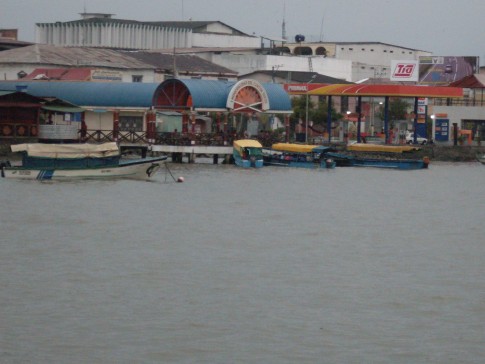 |
Here are some pics that I took while visiting w/ my parents in the Galapagos Islands
22 Photos
Created 29 March 2010
|
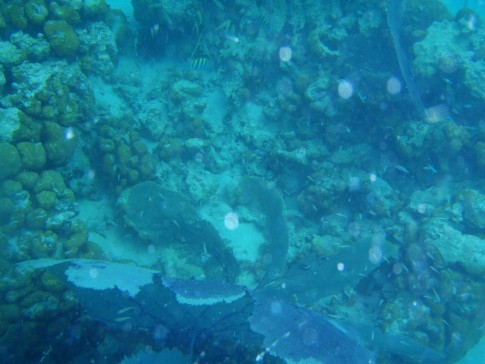 |
Pictures of the sea life in the cut between Little Jost Van Dyke and Green Cay, BVI
30 Photos
Created 17 March 2008
|
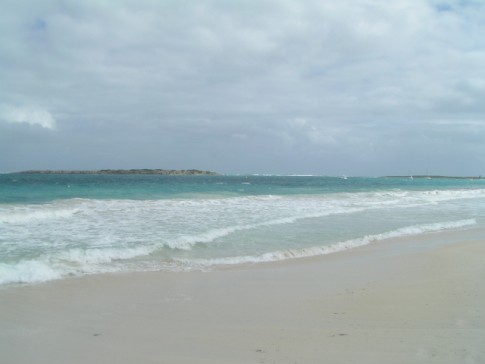 |
Here are a number of pictures of St. Maarten and the places we visited
36 Photos
Created 21 January 2008
|
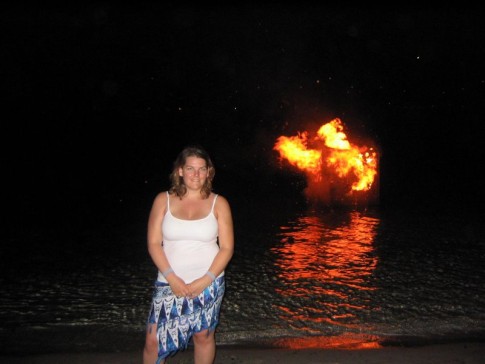 |
Join us as we explore the Spanish, American, and British Virgin Ilsands.
15 Photos
Created 20 October 2007
|
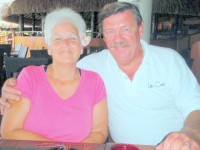
Who: Mary Margaret and Dave Leu
Port: Dana Point, CA
Table of Contents
Favorites
- Get A Copy Of Our Techno Tips Document
- Galley Tips For Cruisers
- Land Travel Tips For Cruisers
- Get A Copy Of Our Yanmar Drive Cone Repair Manual
- Updated Pirate Report
- My Bother Don's and Debbie's Blog
- A Great Sailing Blog
- A remarkable Sail Blog
- Celestial Navigation
- Here is Another Great Sailing Blog
- S/V Totem's Sail Blog
- S/V Infini's Blog Site


